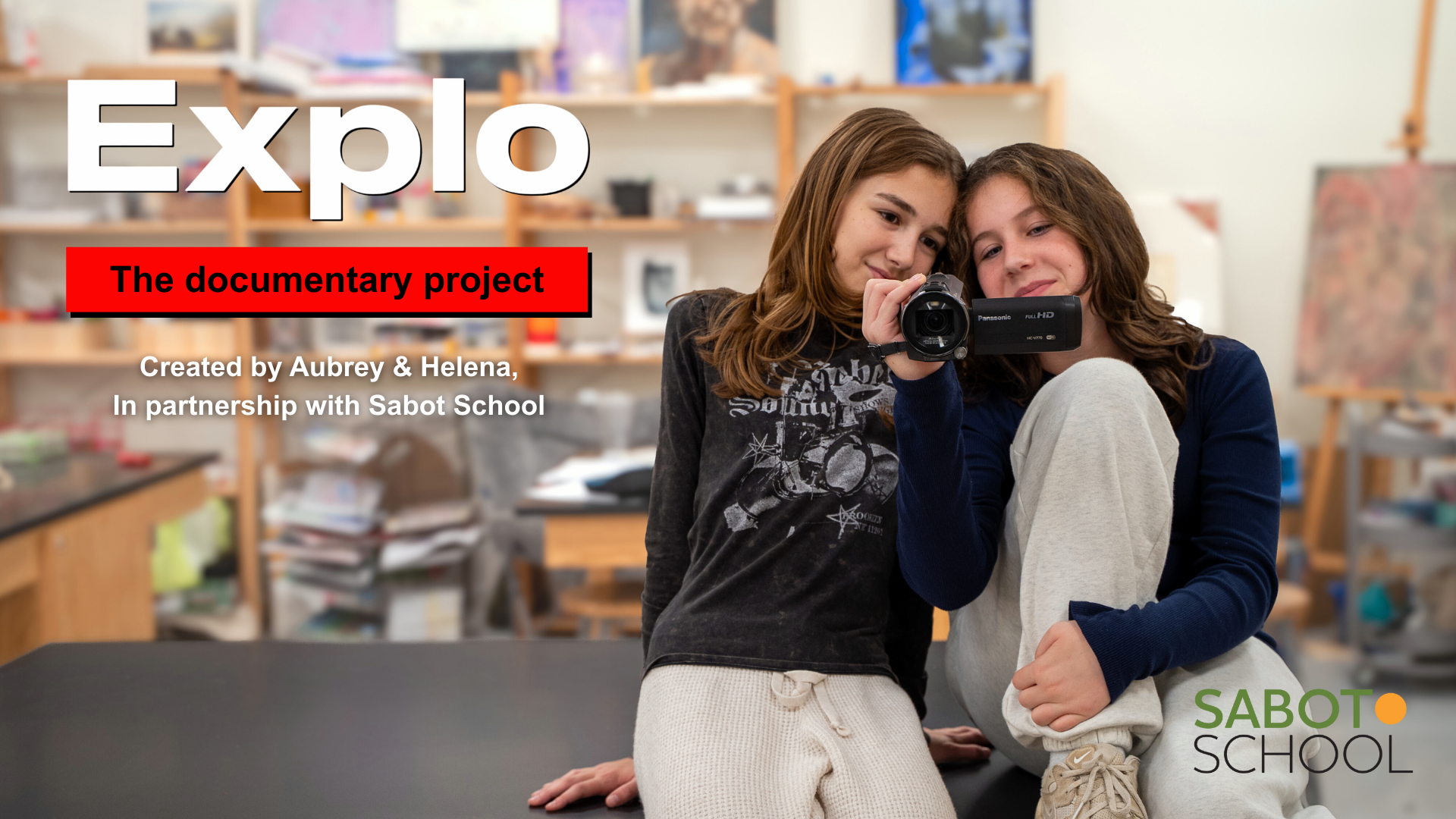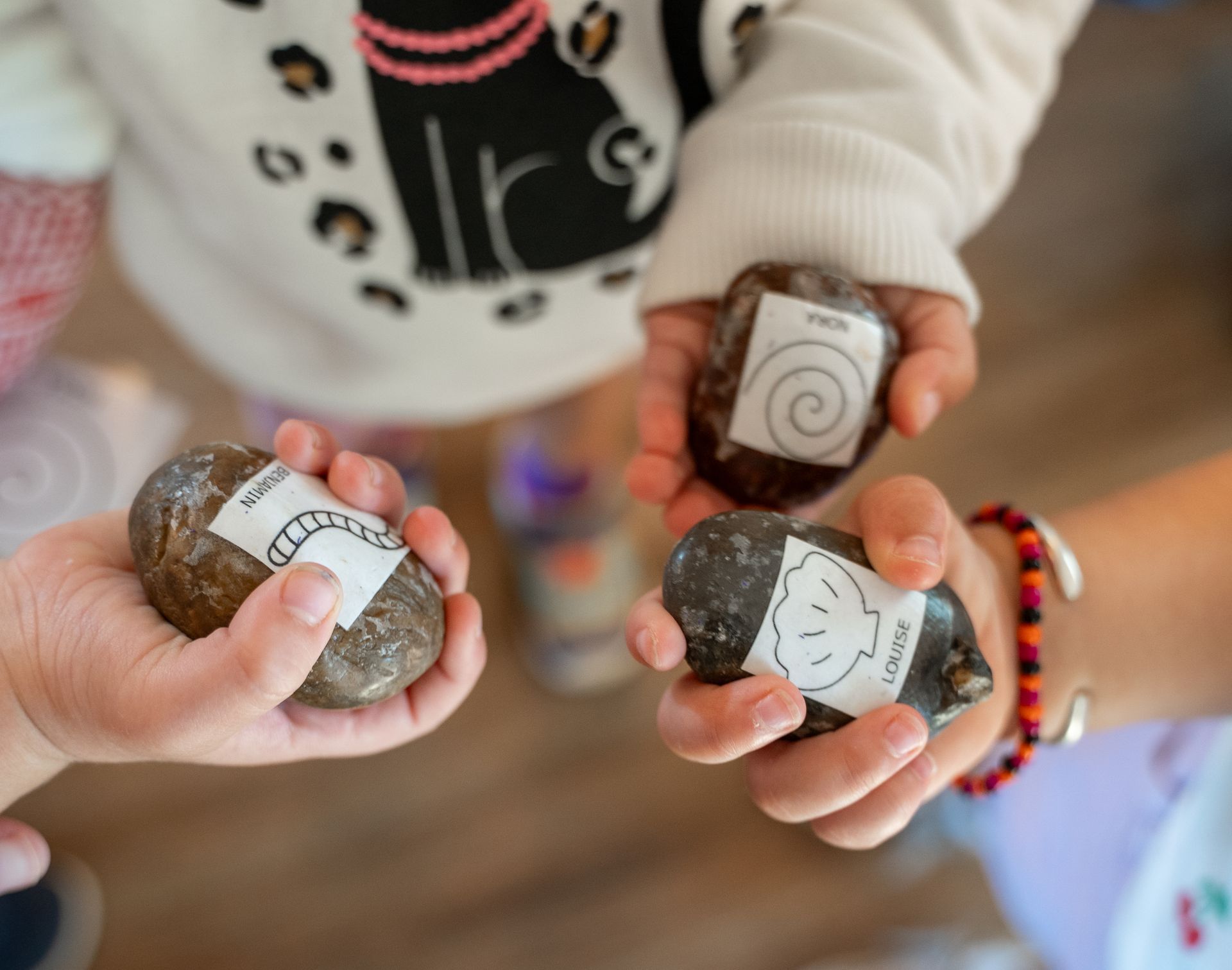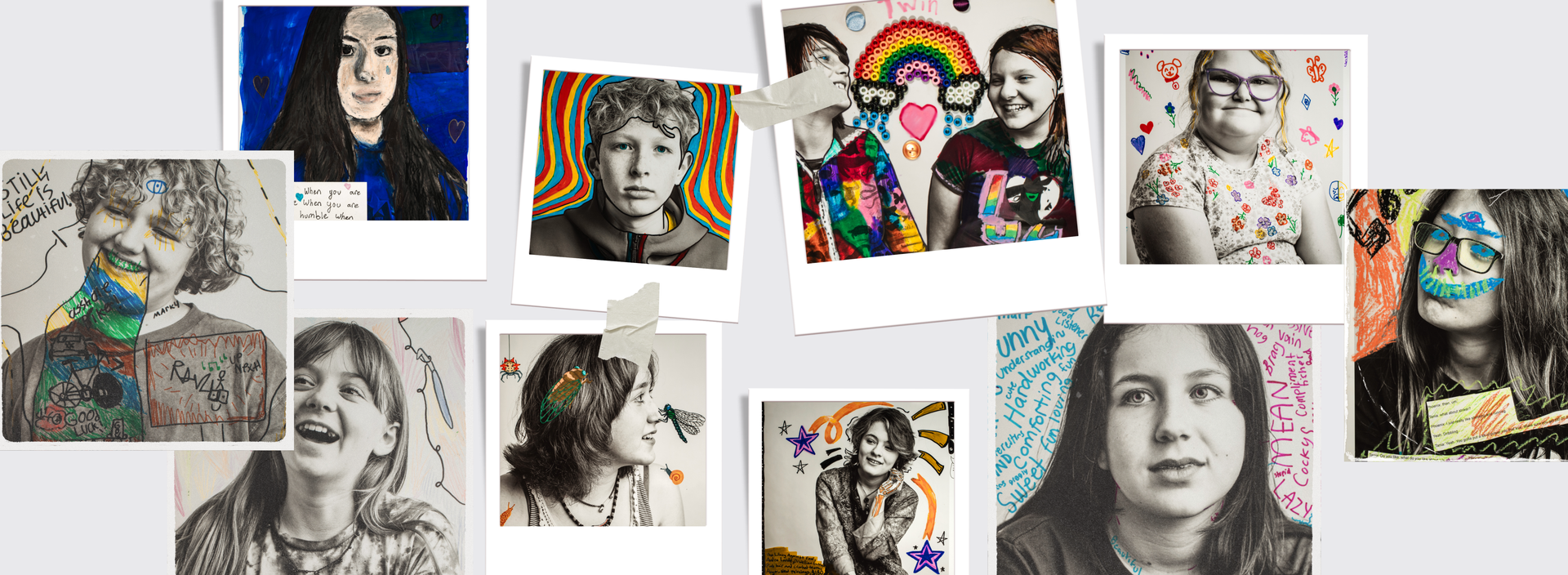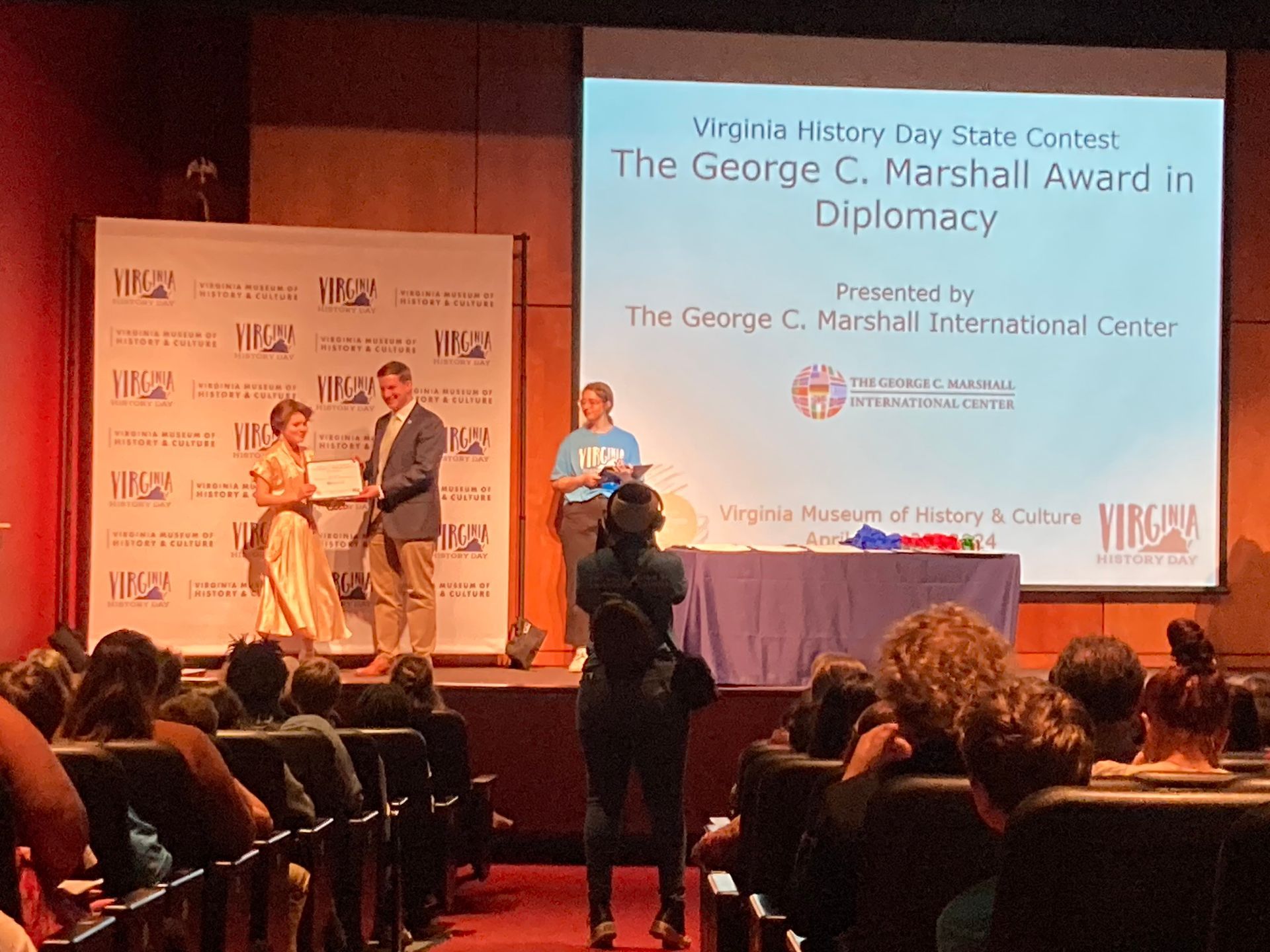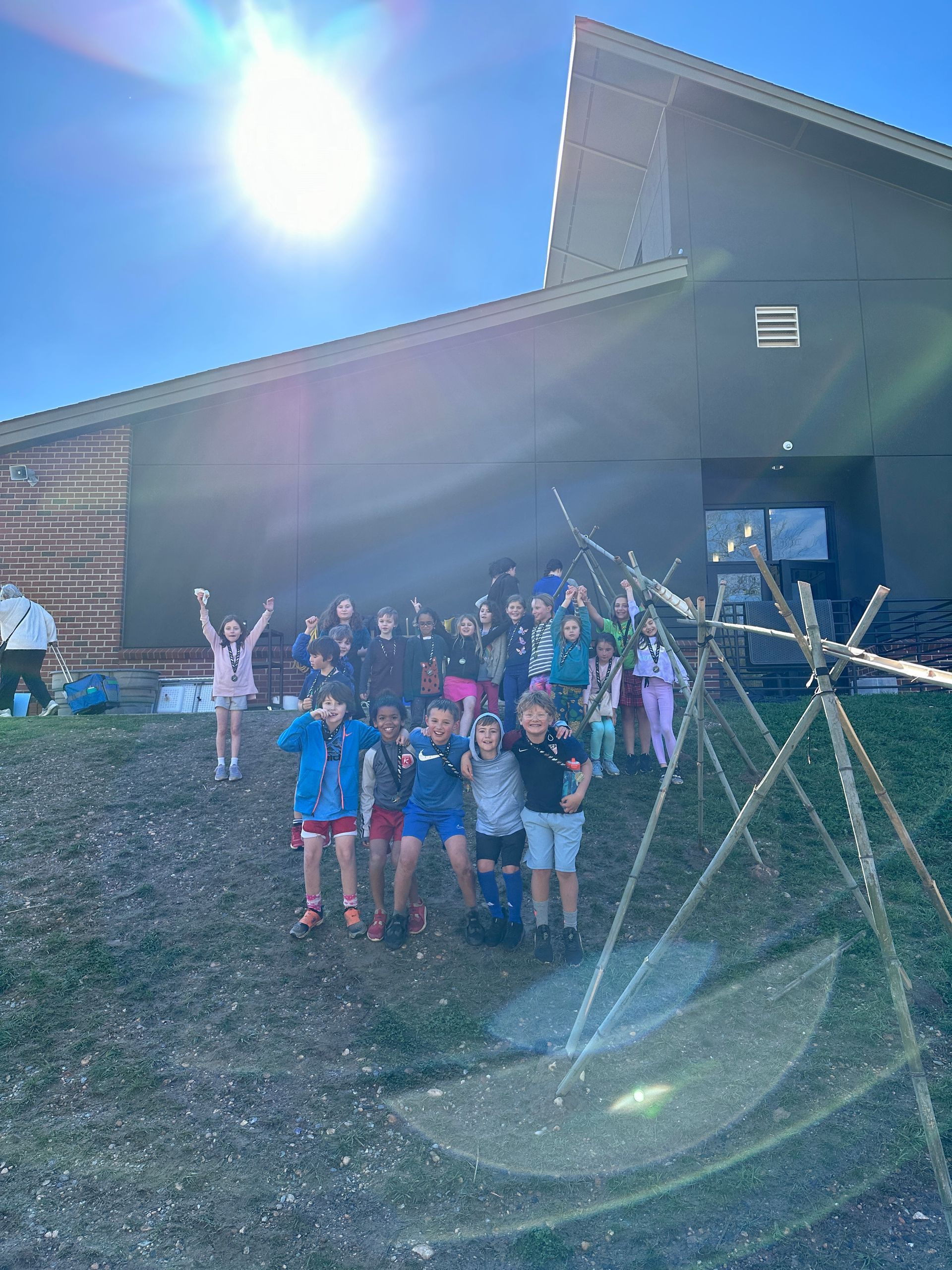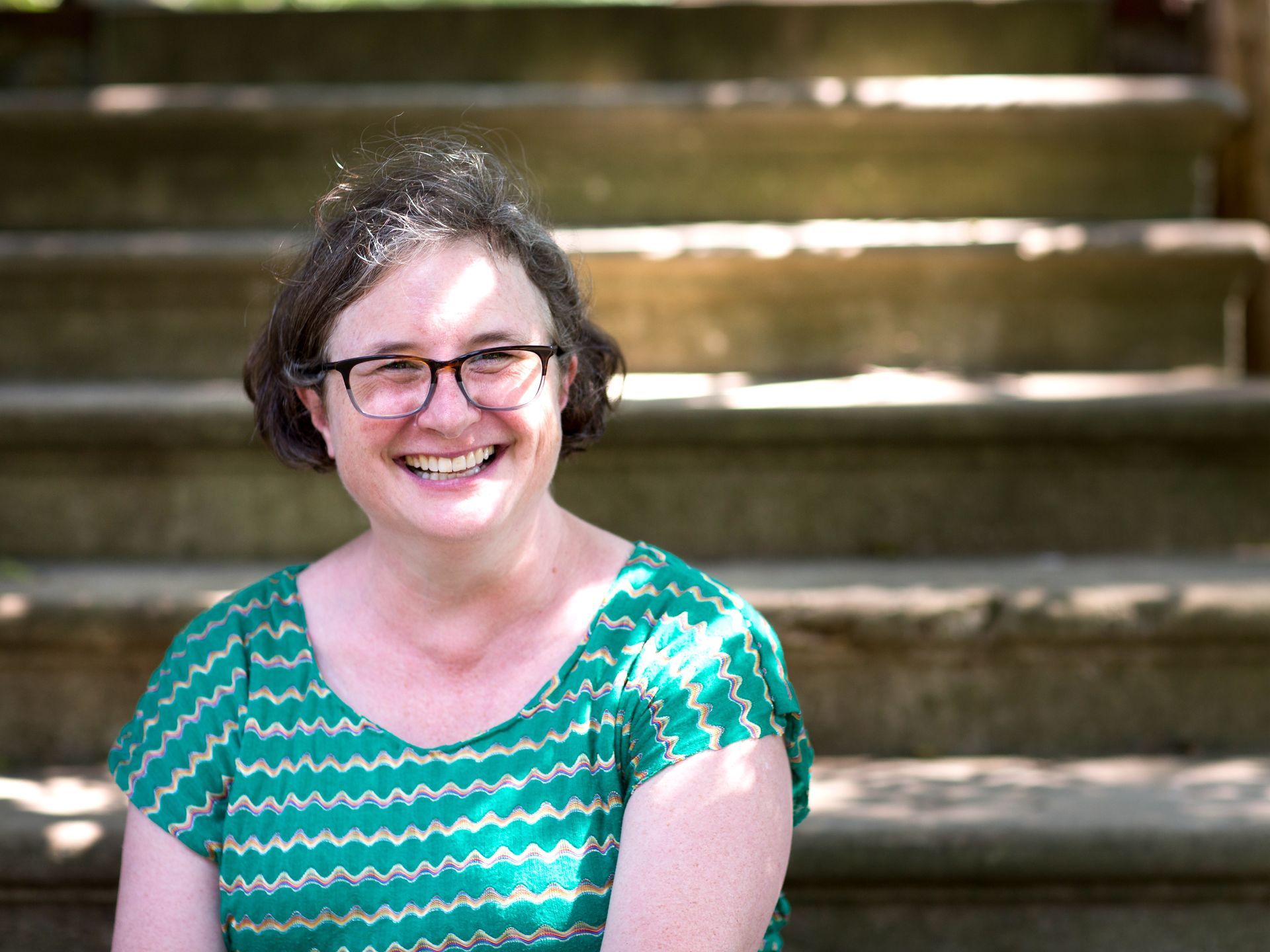would be about listening, the second graders went outside to see and sketch what they could hear. Mostly what everyone heard was first graders running around at recess and preschoolers going to the cottage for aftercare. Someone asked “I wonder if the waiting tree can hear children’s footsteps when they are running around it?” This was the question teachers brought back the next day at circle.
10/17 We all spent some time listening to trees. We looked at National Geographic (wisdom-of-trees) , the work of artist Alex Metcalf (metcalf installation) and of David George Haskell (dghaskell) , a scientist who listens to trees. Reading about a tropical tree that responds to the sound of waves, and also a network of clone trees in Colorado, led to the theory that trees must ‘hold hands under the ground”. Do their leaves also hold hands? In Scientific American, we learned Mr. Haskell hears;
After a lot of work no one was sure they had heard a tree clicking or talking. Hoping to help, Teachers reminded everyone of a theory from earlier- that the forest might hush when people are about. Could disguising yourself as a forest creature or plant let you hear more sounds? The children decided to test this theory by making disguises.
It takes a lot of communication for a group to decide how to communicate an idea.


